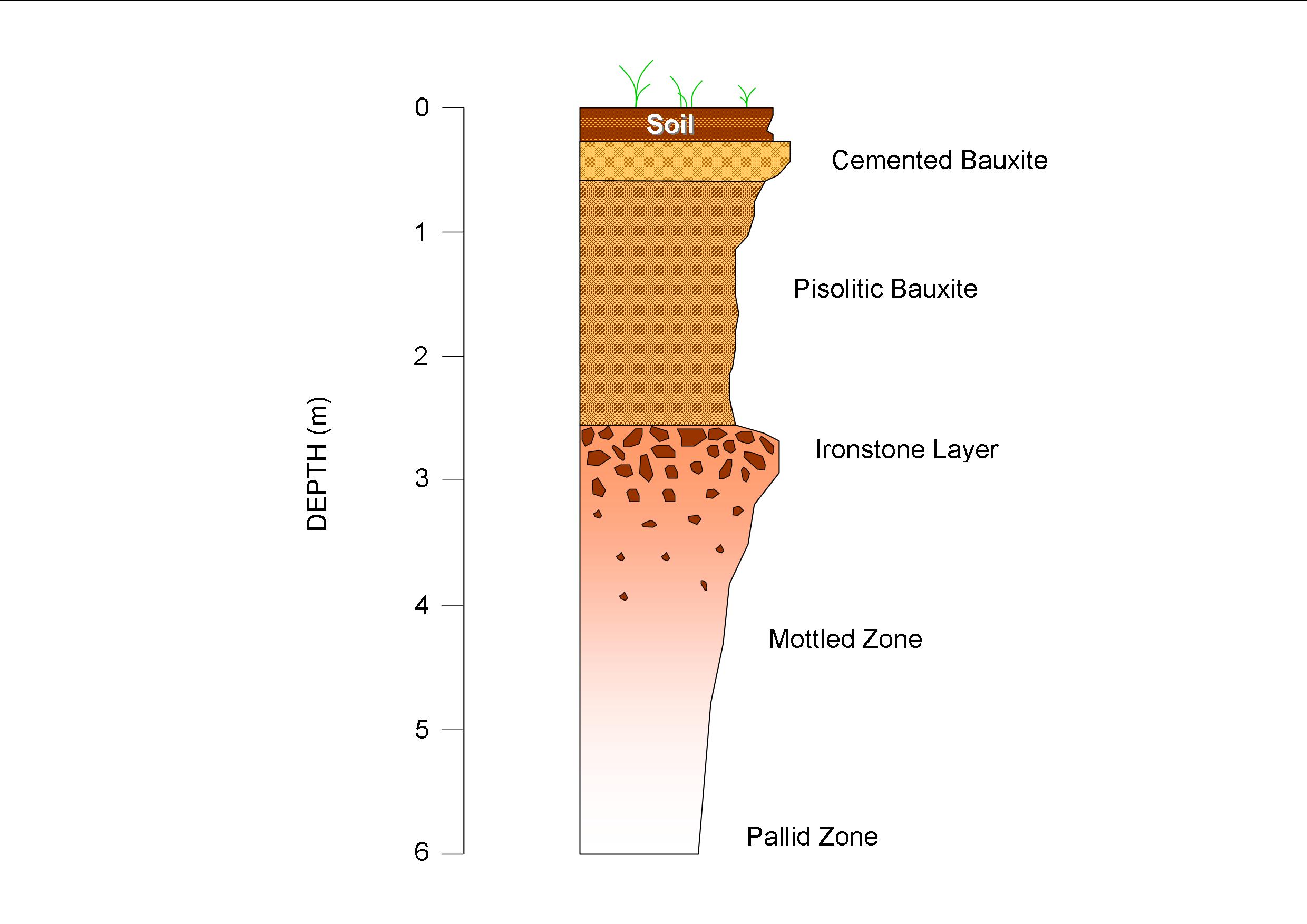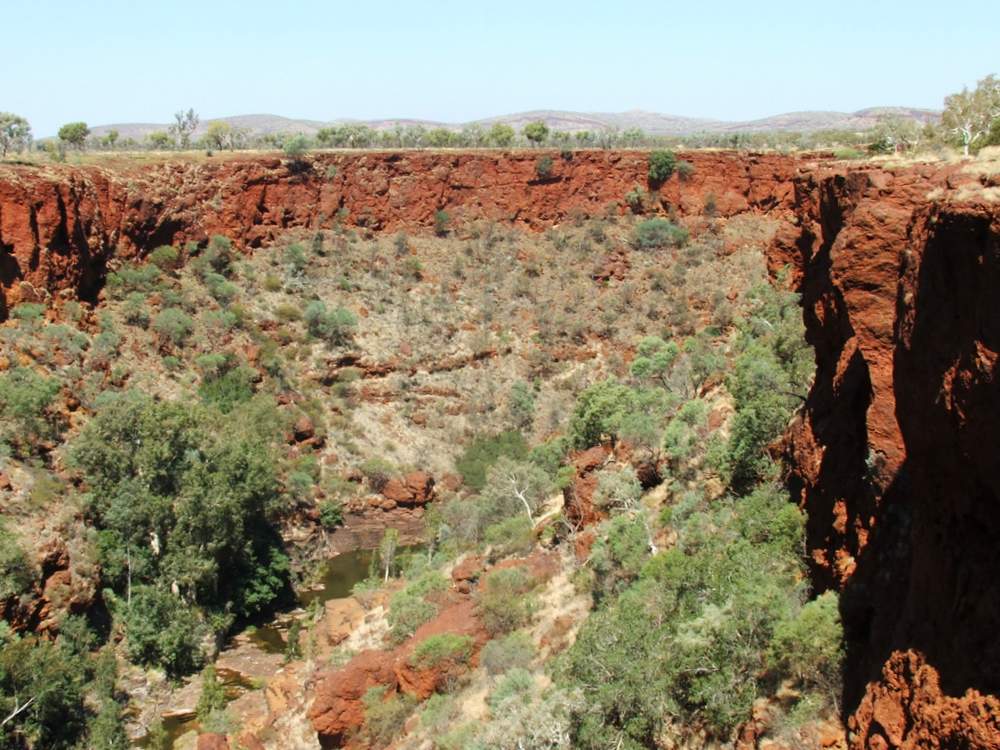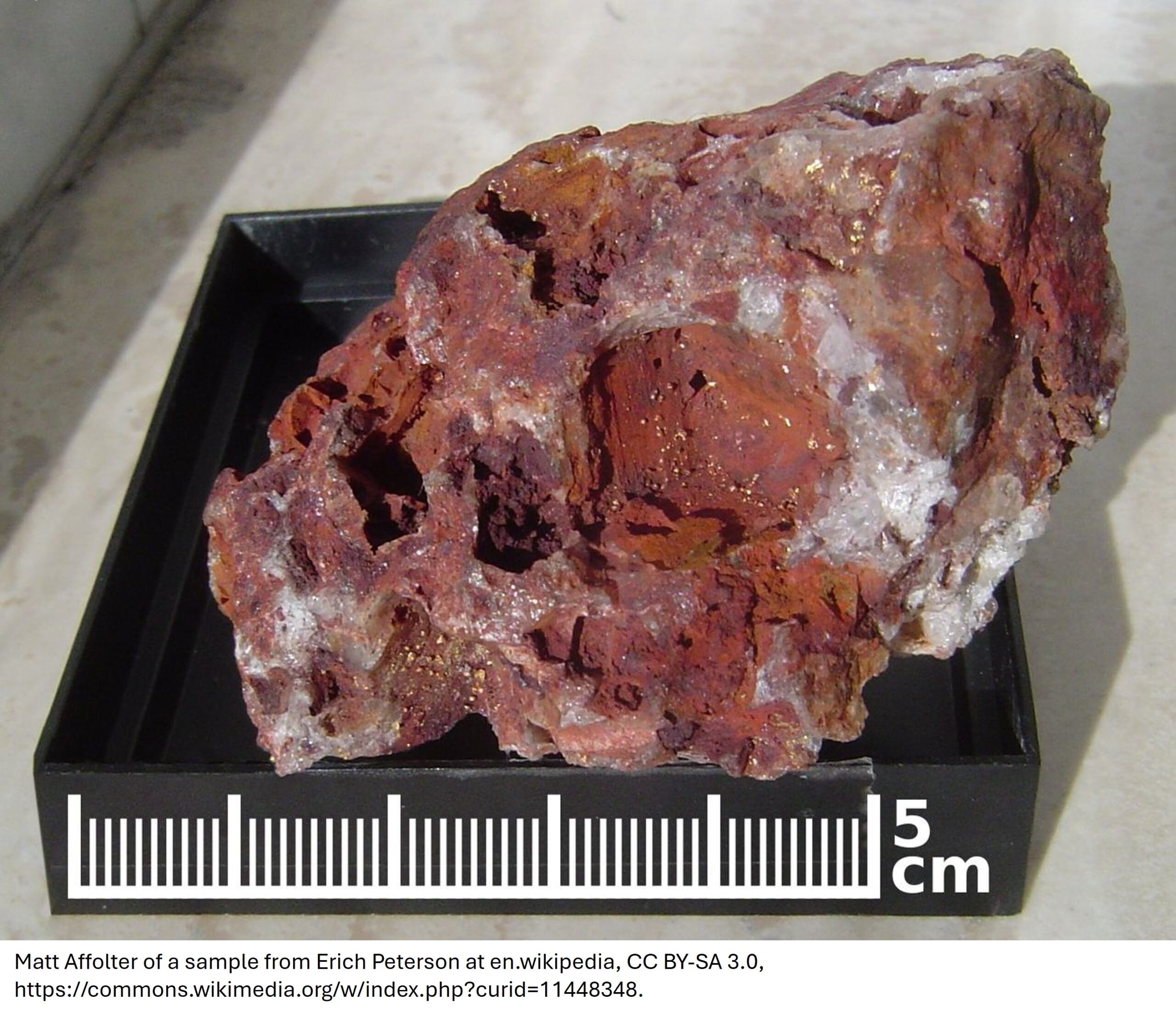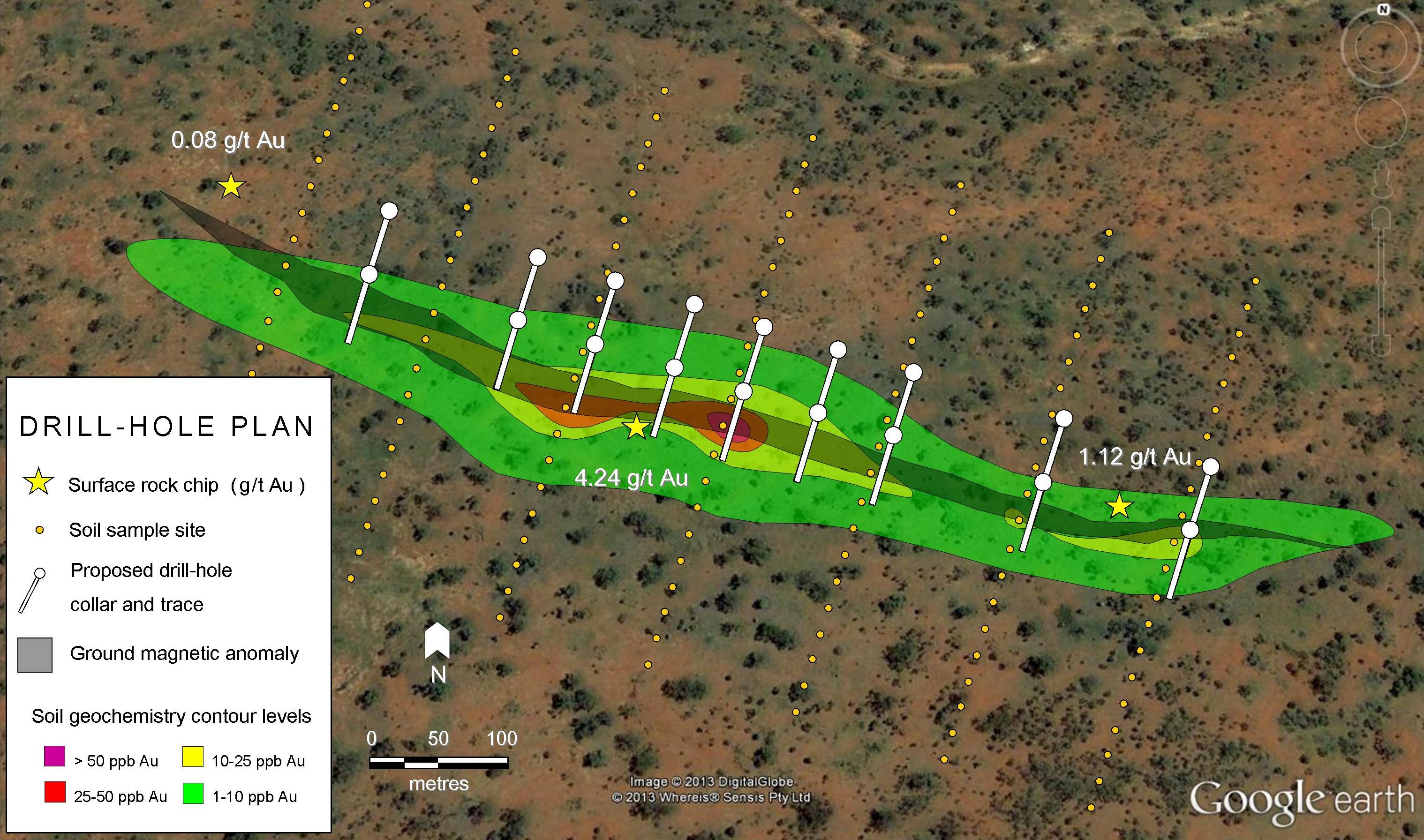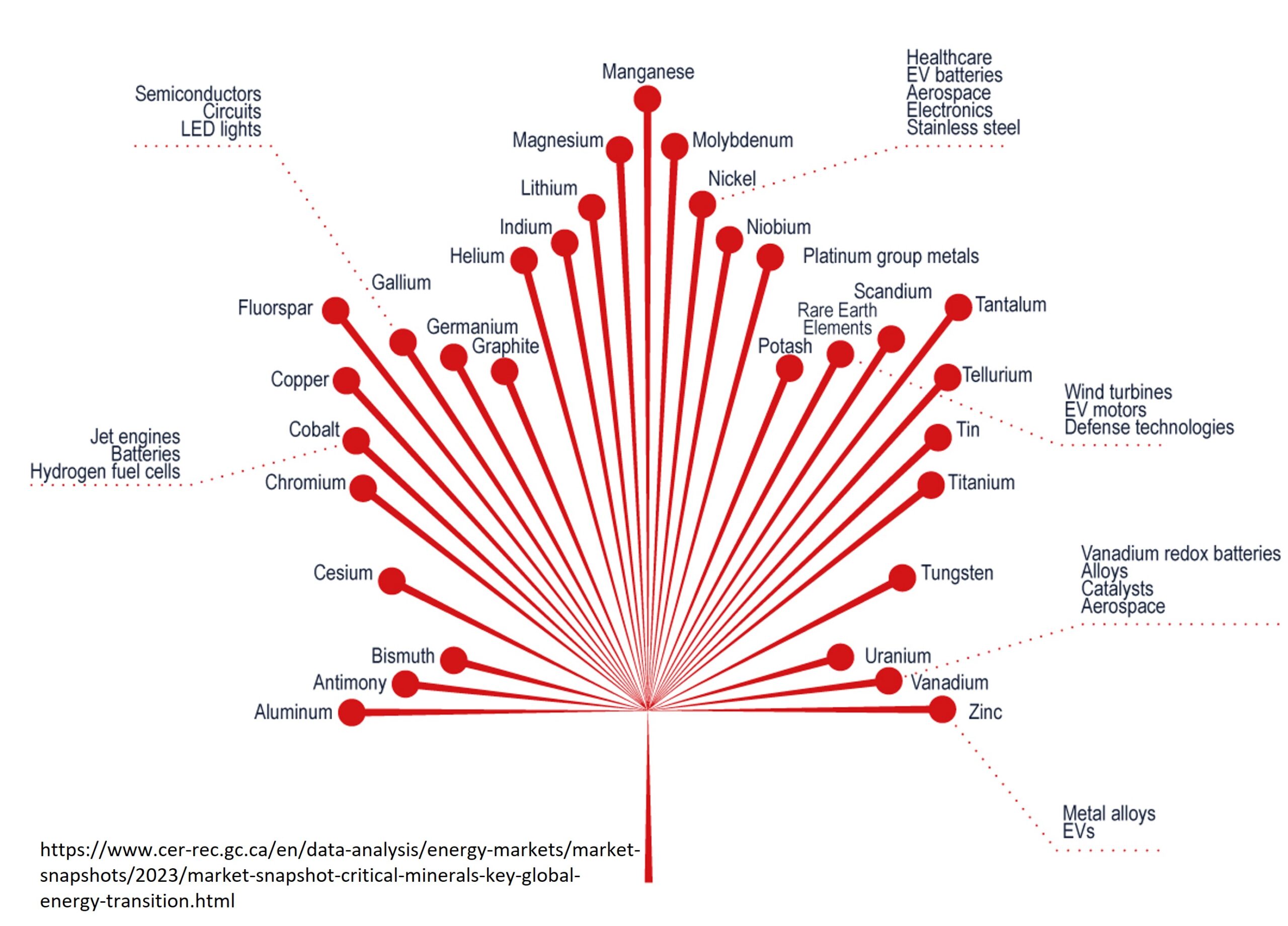Probe’s challenge is to prove to the market and their investors that this project can do better. Continued exploration with the goal of upgrading and improving their resources is really the only logical course for the company to take at this point.
[box type=”info” align=”aligncenter” ]Disclaimer: This is an editorial review of a public mining company press release and is not an endorsement. It may include opinions or points of view that may not be shared by the companies mentioned in the release. The editorial comments are highlighted so as to be easily separated from the release text and portions of the release not affecting this review may be deleted. Read more at How to Use this Site.[/box]
Probe Mines Limited (TSX VENTURE:PRB) (“Probe” or the “Company“) is pleased to announce that it has received results for the first five holes of the preliminary infill drilling program within the recently expanded area of the High-Grade Zone (“HGZ”) on the Company’s Borden Gold project near Chapleau, Ontario. Diamond drill holes BL14-620 to BL14-624 were received and were successful in demonstrating the presence of high-grade gold mineralization, as well as confirming the continuity of the gold mineralization, within the recently expanded HGZ drilled during the last winter program. The drilling confirms that high-grade gold mineralization, similar to that intersected in previous infill drilling programs on previously delineated areas of the HGZ, is present within the new expansion zone.
[box type=”note” align=”aligncenter” ]Probe Minerals is a junior exploration company that has been actively working in Ontario, Canada since the early 2000’s. The company’s primary properties include the Borden Gold, East Limb and it’s Black Creek chromite deposit. A technical report filed in 2012 interpreted the Borden Gold deposit as an ancient copper-deficient porphyry system.
The latest 43-101 compliant mineral resource estimate has the Borden gold project :
Underground resources (2.5 g/t gold cut-off)
- 1.6 Million ounces@ 5.39 g/t gold (Indicated Resources)
- 0.49 Million ounces @ 4.37 g/t gold (Inferred Resources)
Open-pit resource (0.5 g/t gold cut-off)
- 2.32 Million ounces @ 1.03 g/t gold (Indicated)
- 0.01 Million ounces @ 0.8 g/t gold (Inferred)
By comparison, Detour Gold’s open pit resource has an average grade of about 1 g/t gold while the underground mines operated by St. Andrew’s Goldfields have an average grade of 4-5 g/t. While both of these companies have operating mines in Ontario, they have struggled with profitability. Detour Gold (TSE:DGC) has continuously posted losses since they began production while the smaller St. Andrew’s (TSE:SAS) has hovered around the break-even point for the last few years.
[/box]
The infill program is designed to test the new extension of the HGZ between Sections 2050 and 2200, at 50 metre-spacing, in order to better define the high-grade mineralization. The program was successful in identifying grades similar to those observed in previously delineated sections of the HGZ between 900mSE and 2000mSE. Hole BL14-620W, on Section 2150m SE, intersected a thick zone of high-grade gold mineralization, returning an interval of 21 metres averaging 7.0 g/t Au, including a 13-metre wide intercept of 10.5 g/t Au. Significantly, the mineralization was intersected at a vertical depth of only 425 metres depth, suggesting that the mineralization is in fact shallower than previously expected. These preliminary results also suggest that continued improvement in grade is possible with continued infill drilling, the bulk of which will be accomplished during the next winter program.
[box type=”note” align=”aligncenter” ]Infill drilling involves drilling between historical drill holes to assist in increasing their confidence on the geologic and resource model of the deposit. [/box]
The following table shows selected drill results for the HGZ expansion drilling, No top-cut was used in calculating the gold intervals, the highest grade in a single sample was 26.4 g/t in Hole BL14-621W. Depths of the mineralized zone ranged between approximately 395 and 425 metres vertical, with the exception of Hole BL14-620, which intersected mineralization at a vertical depth of approximately 620 metres. All drill widths approximate true width.
| High-Grade Zone Infill Drill Results | |||||
| DDH | Section | From (m) |
To (m) |
Width (m) |
Au (g/t) |
| BL14-620 | 2050mSE | 636.0 | 649.7 | 13.7 | 2.8 |
| including | 637.9 | 646.9 | 9.0 | 3.6 | |
| BL14-621W | 2150m SE | 564.4 | 600.0 | 35.6 | 4.5 |
| including | 579.0 | 600.0 | 21.0 | 7.0 | |
| including | 583.0 | 596.0 | 13.0 | 10.5 | |
| BL14-622 | 2200m SE | 633.0 | 636.0 | 3.0 | 4.9 |
| BL14-623 | 2050mSE | 592.0 | 602.3 | 10.3 | 1.3 |
| BL14-624 | 2150mSE | 540.0 | 550.0 | 10.0 | 2.5 |
| W: Wedge hole | |||||
Dr. David Palmer, President and CEO of Probe, comments: “The results of the infill drill program continue to confirm the strong continuity of the high-grade gold system to the southeast. The significant intervals identified in the winter program, and improved upon in this preliminary infill drilling program, indicate a robust gold system in both grade and width that remains open to the southeast. With the potential for increasing grade and further expansion, the HGZ provides significant upside for exploration in addition to its growing momentum as a potential development project. We will be focused on advancing both aspects during the 2014-2015 seasons.“
Probe has instituted a strict quality assurance and quality control (“QA-QC”) program for the Borden Gold drill core sampling, with each fire assay furnace batch of 40 samples including two certified reference materials (standards), one blank sample and one core duplicate sample. Quality control guidelines and ongoing QAQC monitoring are being carried out by Probe personnel.
[box type=”note” align=”aligncenter” ]The company reports that “no top-cut” was used to calculate the gold intervals. Lab assays are normally capped or “cut” in order to reduce the possibility of statistical outliers skewing the results. In an assay with these types of outliers the result is normally referred to as the “nugget effect” and means that a small grain or nugget effected the results. These “nuggets” can cause the average grade for an interval to report much higher than without the “rogue nugget”. The cap is normally determined in association with the lab and is based on typical expected results for a deposit type. Here the grades are quite low, but one sample reported an assay value of 26.4 g/t gold. The grades from the Borden gold project range from 0.5-5 g/t so the company could have cut the assays at 5 g/t. [/box]
About Probe Mines:
[box type=”note” align=”aligncenter” ]As we’ve often discussed, “high grade” is a relative term. Though the company is working on its “high grade zone”, the grades are only high (<5 g/t) compared to rest of this deposit (0.25-1 g/t). A technical report filed in 2012 on the Borden gold project referred to the overall grades being low.
As of writing Probe Mines is trading at $2.67, down from it’s 52-week high of $3.95. The latest resource estimate caused a bit of a stir in the news as Scotiabank analyst Mike Hocking downgraded Probe Mine’s stock to “sell” as he believed the results from its technical report only reflected a moderate grade mine, and it’s orientation is awkward for efficient mining. Probe’s challenge is to prove to the market and their investors that this project can do better. Continued exploration with the goal of upgrading and improving their resources is really the only logical course for the company to take at this point.
Probe minerals was named one of the TSX’s top 50 companies in February 2014.[/box]
Probe Mines Limited is a Canadian precious metals exploration company whose key asset is the Borden Gold Zone in Ontario, Canada. As of January 31, 2014, the Company is well-positioned with approximately $29.4 million in treasury. The Company is actively exploring a significant new gold resource on its Borden Gold Zone near Chapleau, Ontario and has 100% interest in the Black Creek chromite deposit located in Northern Ontario. The Company’s shares trade on the TSX Venture Exchange under the symbol PRB.
[box type=”success” align=”aligncenter” ]Have a company or release you’d like us to look at? Let us know though our contact page, through Google+, Twitter or Facebook.[/box]

